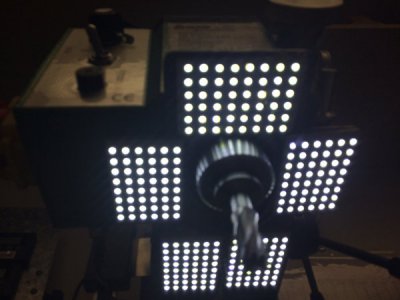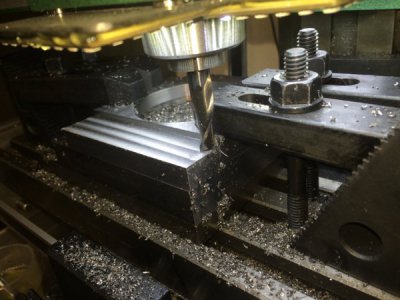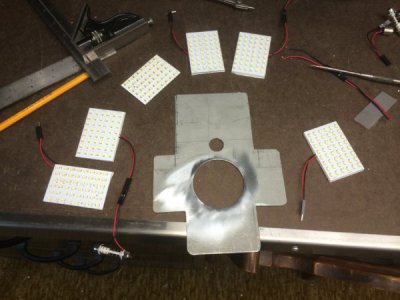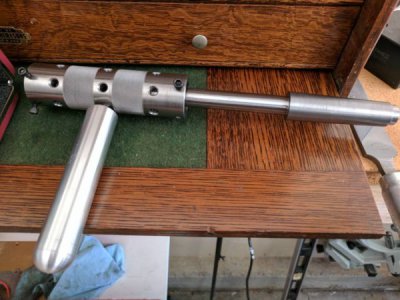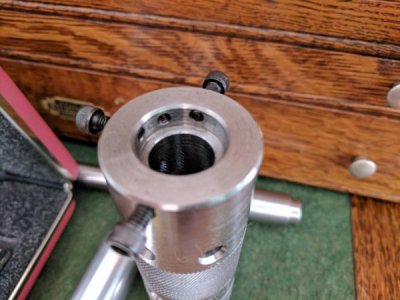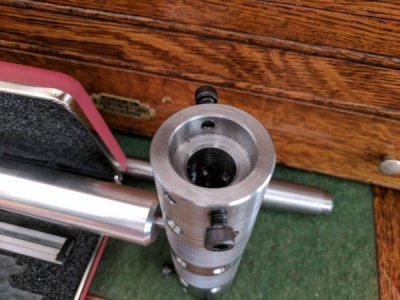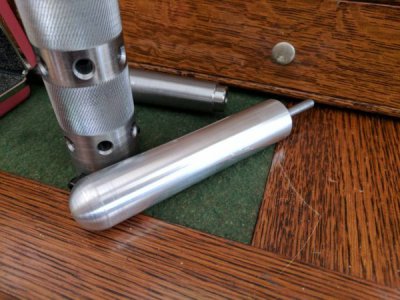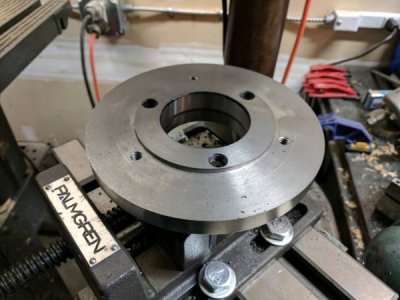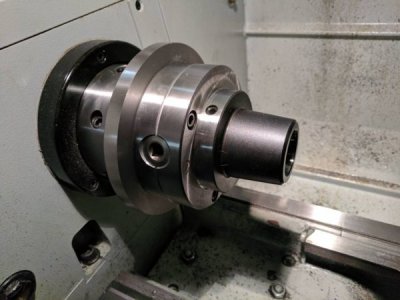Made some anti-blowout plates for my large walk-behind mower.
Only 2 bone-headed mistakes
1. I wanted to make them out of 1/8"x6" mild steel, went and bought some because I knew I didn't have a big enough piece. Go to make them, see some 6" flat steel that's long enough, looks about right. Cut the first piece, then use the jigsaw to cut the two round pieces before finally noticing that it's 3/16".
2. I started this yesterday, and stupidly only went to the store and bought 2 1/4" carriage bolts (enough for one side), and today when I went to start on the other side, it was too late to get 2 more for that side. So now the other side gets to use 5/16" carriage bolts. Will totally throw the balance off the whole mower.
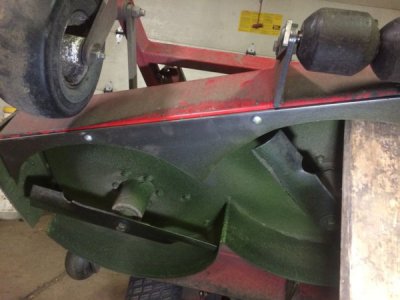
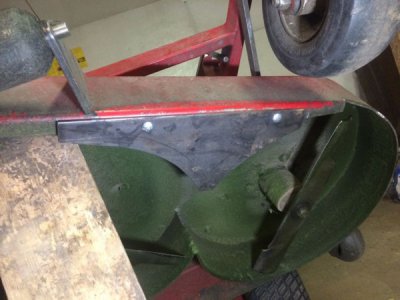
Only 2 bone-headed mistakes
1. I wanted to make them out of 1/8"x6" mild steel, went and bought some because I knew I didn't have a big enough piece. Go to make them, see some 6" flat steel that's long enough, looks about right. Cut the first piece, then use the jigsaw to cut the two round pieces before finally noticing that it's 3/16".
2. I started this yesterday, and stupidly only went to the store and bought 2 1/4" carriage bolts (enough for one side), and today when I went to start on the other side, it was too late to get 2 more for that side. So now the other side gets to use 5/16" carriage bolts. Will totally throw the balance off the whole mower.




